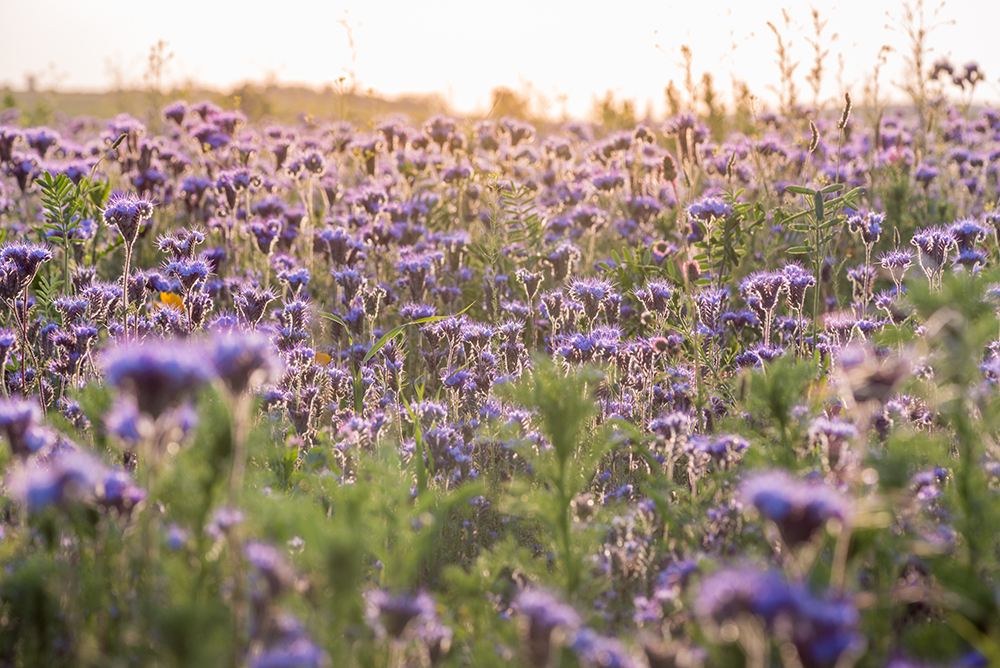Hydroseeding and wildflowers

The UK has lost 97% of its wildflower meadows since the 1930s, removing vital food and shelter for many insects, and in turn their predators including bats, hedgehogs and birds. As responsible businesses, hydroseeders can play a role in helping to restore this crucial habitat along roadside verges and other difficult to reach public spaces. Wildflowers are of course valuable habitat and food within private gardens and public parks, but it is in large spaces that the hydroseeding aspect really comes into its own.
Maximum value can be gained from a wildflower area by using native seeds. This will allow the area seeded to support local wildlife from insects to small mammals and birds. Native seed use also reduces necessary maintenance as the seeds will easily adapt to the local climate. The final display is not always as showy as the wildflower mixes popular with councils, but provides more environmental value, feeding creatures including bees, butterflies and bats. A good seed mix would include birds-foot trefoil, common sorrel, cowslip, field scabious, hoary plantain, greater and common knapweed, ladys bedstraw, meadow buttercup, ox-eye daisy, red clover, ribwort plantain, wild carrot, yarrow, and a range of wild grasses such as bents, fescues and crested dogstail. The natural seed bank will also grow and develop over time, boosting the biodiversity value even further.
In the UK September is an excellent time to seed wildflowers, giving them the cold winter period to ‘bed in’. Less is likely to be gained from planting in the summer months, and so some planning will be beneficial to the end result. Wildflowers prefer poor soil, so may not need fertiliser added to the hydroseeding mix. As with all hydroseeding, best results will be obtained from applying the seeds first in a light mulch mix, then adding a second layer of mulch to the top. This allows more seeds to reach the soil, rather than becoming fruitlessly suspended in the mulch mix.